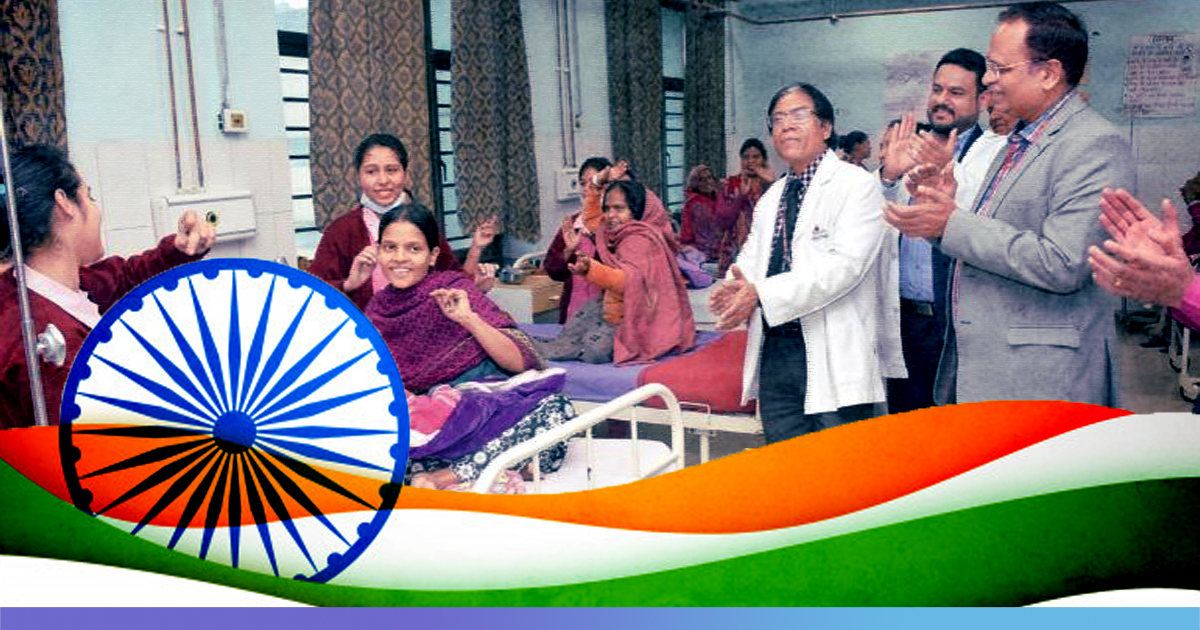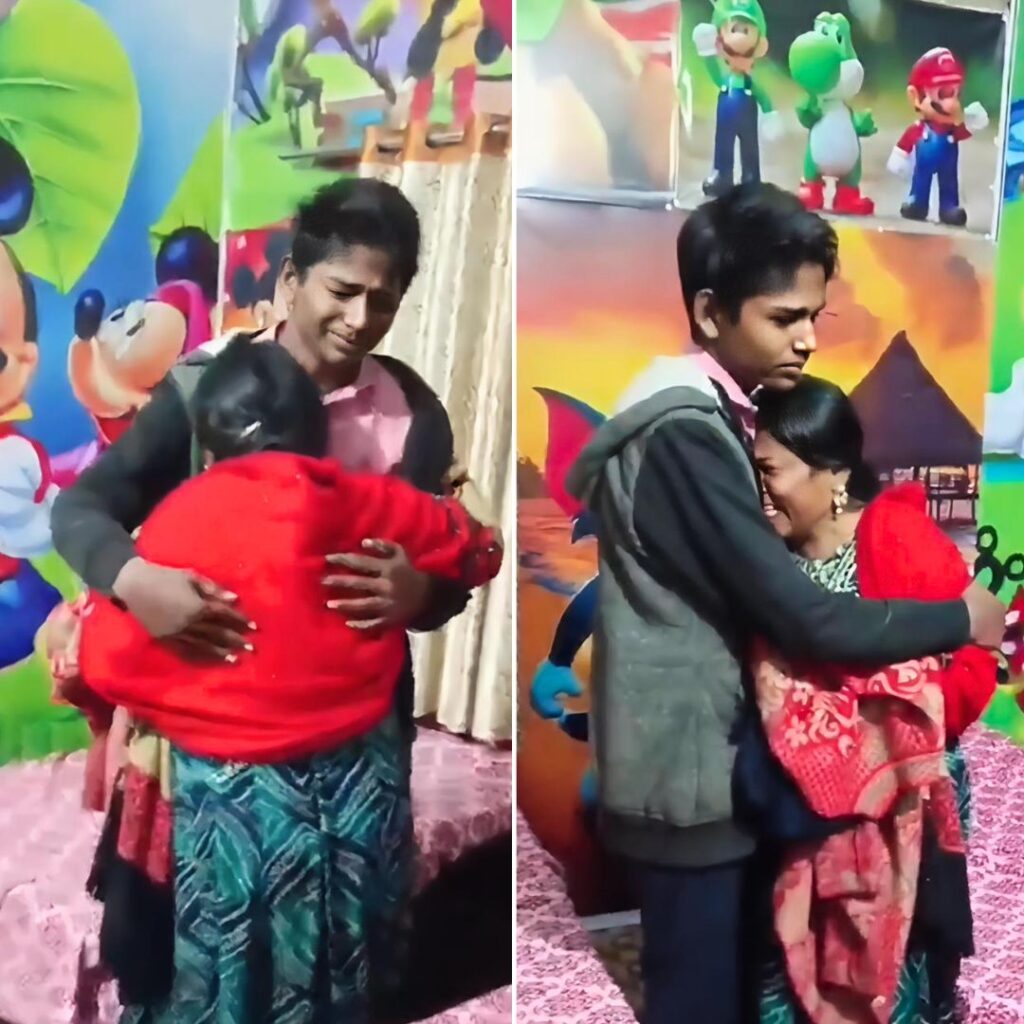As India marks 73rd Independence Day, The Logical Indian brings to you the journey of the Indian Republic from the clutches of the British rule to becoming one of the fastest-growing economies in the world. Over the course of the next few days, we will focus on key parameters, sectors and issues that are crucial to the Union Of India.
It has been 72 years since India got Independence. But the country which has 5,000 year history of medical sciences was left in shambles when the British left. Since then, India has focused on improving the economy and enhancing the health services progressing exponentially. In this article, we will try and understand the progress of the healthcare sector in India since 1947.
General Services
The primary health care services infrastructure has been extensively improved in urban and rural areas. The services consist of child health care services and family welfare services. The government has taken multiple steps to make primary health care services available in rural areas.
The number of medical colleges in the country is now 460 in India in comparison to 28 during 1950-51. In the case of allopathic doctors, the numbers have increased in many folds. According to the Medical Council of India (MCI), there are a total of 9.8 lakh allopathic doctors registered. The MCI data reveals that currently there are 11 lakhs registered nurses/midwives. On the infrastructure front, India has 19,817 hospitals with 6,28,708 beds in 2013.
Control of Communicable Diseases
To improve a country’s overall health index, the government has to take significant steps to control communicable diseases. Health index is a composite measure of states and union territories based on 23 health indicators with major weightage to outcomes.
Malaria: At the time of Independence malaria killed more than 10 lakh people every year. The government took a major step to address the disease by launching the National Malaria Eradication Programme in 1958. The programme was considered as one of the biggest programmes against a single disease. The programme rapidly dropped the number of malaria cases. According to the World Malaria Report 2018, India is now no more among the top three countries with the highest malaria burden. In 2017, the number of malaria case reported in the country was 9.5 million.
Small Pox: The country with the disbursement of vaccines and easy accessibility of medical facility successfully eradicated smallpox. The World Health Organization’s International Smallpox Assessment Commission declared the country smallpox free on April 23, 1977.
Tuberculosis: India has been at the forefront of TB control and research since the beginning of the 20th century. In 1962 the National Tuberculosis Control Project (NTCP) was established by the Indian government. Under the project, multiple TB hospitals were opened. Despite the best effort, there has been an increase in tuberculosis cases since 2014. India was ranked first for the number of new tuberculosis cases in 2015.
Polio: In 2009, India constituted over 60 per cent of global polio cases. The mission to eradicate polio in India was initiated in the year 1995 when the disease used to cripple more than 50,000 children a year. Technological innovation, adequate domestic financial resources along with close monitoring of polio programme helped the country to achieve the certificate of polio-free in 2014.
Maternal and Child Healthcare Services
India, through its plethora of schemes under various government, has endeavoured to bring quality maternal and child healthcare services to rural India. The services include prenatal and postnatal care, immunisation and oral rehydration therapy to fight diarrhoea. However, after 72 years of Independence, the country still struggles to deliver these services to the hinterland. In 2014, India was among the worst performers in maternal and child health. The global survey was undertaken by Save The Children in which India ranked 137 among a total of 178 countries.
Infant mortality rate (IMR) and Maternal Mortality rate (MMR): IMR and MMR are considered to be the two most important health indicators of any country. IMR is the number of deaths per 1,000 live births of children under one year of age. MMR is defined as the death of a woman while pregnant or within 42 days of termination of pregnancy, irrespective of the duration and site of the pregnancy, from any cause related to or aggravated by the pregnancy or its management but not from accidental or incidental causes.
The country’s MMR steeply declined from 2000 in 1940 to 174 in 2015 for every 100,000 live births. The drop in the number is promising but is way above then what our neighbouring countries have achieved. Thailand, Sri Lanka, and China reported MMRs as low as 20, 30, and 27 respectively in 2015.
Similarly, the IMR over the years has dropped from 145.6 to 38 for every 1000 live births. However, India is yet to beat our neighbouring countries such as Sri Lanka (8), Nepal (29), Bangladesh (31), and Thailand (11).
Privatisation Of Healthcare
Increasing economic liberalisation and privatisation have affected health care as much as they have affected many other social and administrative systems, perhaps even more so. While the changes can be witnessed globally, it seems to have happened in India overnight. People prefer private hospitals for advanced medical treatment, clean and hygienic rooms, better nursing and allied services over the state-run healthcare. Another critical factor that has favoured the booming of privatisation of healthcare is the facilities a patient gets which varies from the type of bed, food quality, treatment and even selecting of a doctor.
Medical Tourism In India
an increase in the number of tourists every year. The prime reason being the cost of medical treatment in India being cheaper when compared to Western Europe, North America and some Southeast Asian countries. According to the Ministry of Tourism, India’s medical tourism industry is expected to grow by 200 per cent by 2020, hitting $9 billion
.
Major Schemes Launched By Government
Employee’ State Insurance Scheme – It was launched in the year 1952 and has been a social welfare scheme since then. The scheme covers free medical services for the workers and persons.
Central Government Health Scheme – It was launched in 1954 and provides insurance cover to all central government employees along with their dependents.
Universal Health Insurance Scheme – It was launched in 2003 and was designed to provide healthcare support along with subsidised healthcare to BPL cardholders. All public sector insurance companies have been successfully providing this scheme.
Rashtriya Swasthya Bima Yojana – The scheme was launched in 2008 and was targeted towards BPL cardholders to help them overcome health issues. The scheme provides beneficiaries, hospitalisation benefits of up to Rs 30,000 with the registration fee of Rs 30.
Ayushman Bharat Yojana – The healthcare scheme was launched on August 15, 2018, and aims to cover over 10 crore Indian families or 40 per cent of the Indian population. The scheme is considered to be one of the most ambitious projects launched by any country. It seeks to provide health insurance of Rs 5 lakh to all beneficiaries with premiums shared between state and centre.
But despite all this according to experts India still needs to allocate more on the healthcare sector. In the interim budget, the country spent only 2 per cent on healthcare. India’s ambition to increase public health spending from 2.5 per cent to 3 per cent of GDP to match up with other developing country is far from required.
The lack of training and well-equipped staff stood out as one of the contributing factors which acted as a barrier to proper healthcare. According to a study by Center for Disease Dynamics, Economics & Policy (CDDEP) in India for every 10,189 people, there is one government doctor i.e., India has a deficit of about 6,00,000 doctors and around 20 lakh nurses.
The article is a part of our series on 73rd Independence Day in our endeavour to pay homage to all those who lost their lives fighting for the freedom that we enjoy today.
Also Read: India’s Healthcare Crisis: Country Facing Shortage Of 6 Lakh Doctors, 20 Lakh Nurses, Finds Study











